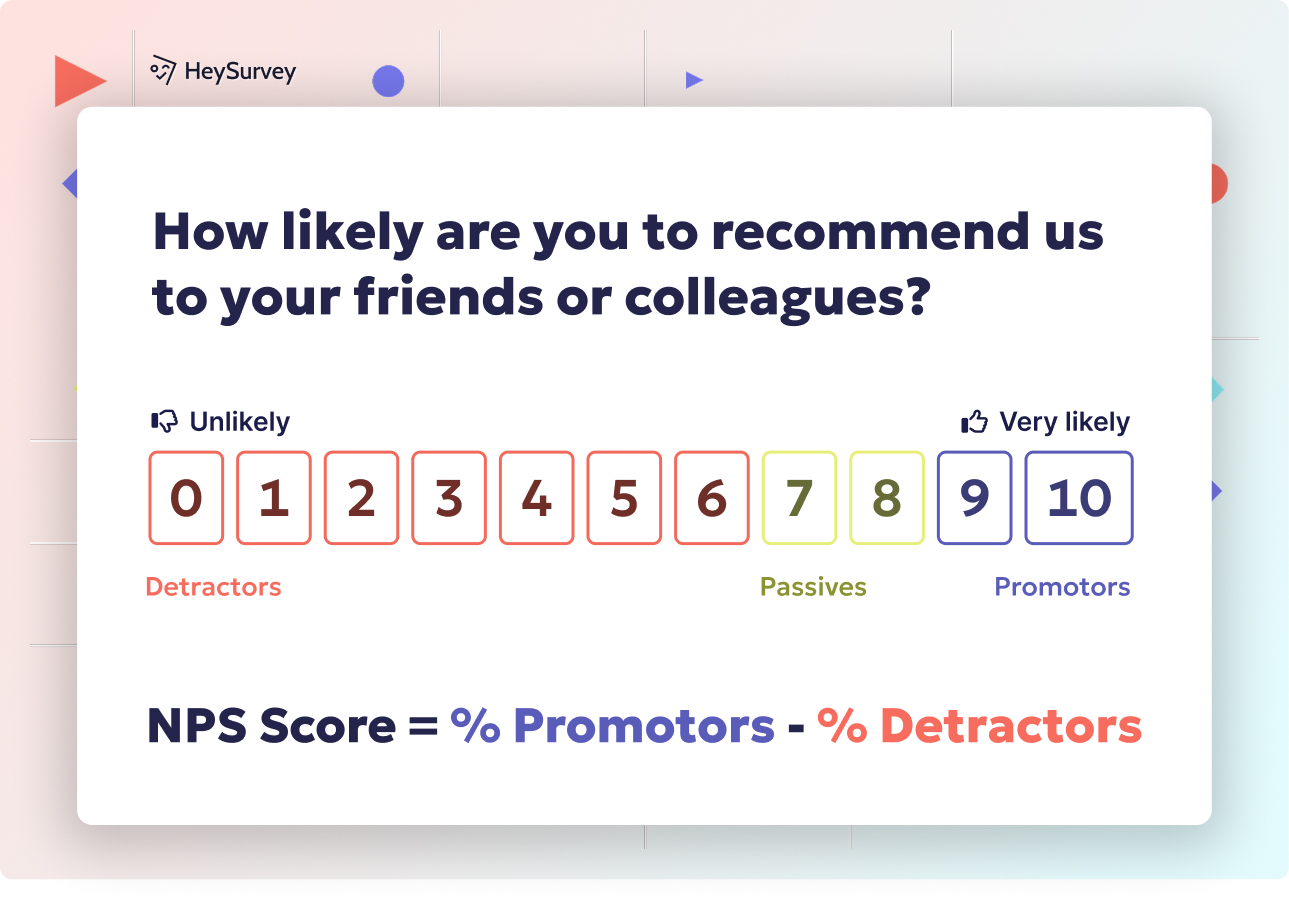25 Open Ended Survey Question Examples for Actionable Insights
Discover 40+ open ended survey question examples with practical templates to unlock richer, actionable insights across customer, employee, and product feedback.
Open-ended survey questions are like the secret sauce in your data recipe—they transform bland numbers into rich, flavorful insights. Unlike their closed-ended cousins, which box respondents into predefined answers, open-ended questions invite people to spill the beans in their own words. This approach uncovers the "why" behind the "what," giving you a deeper understanding of your audience's thoughts and feelings.
When to Use Open-Ended Questions
Exploratory Research: Diving into new territories? Open-ended questions help you discover uncharted waters.
Uncovering "Unknown Unknowns": They reveal blind spots you didn't even know existed.
Adding Context to Quantitative Scores: Pairing them with numbers adds color to your data palette.
Ready to spice up your surveys? Here are some practical templates you can start using today.
Customer Satisfaction Surveys – Let Customers Tell the Full Story
Why & When to Use
After a purchase, support interaction, or NPS pulse, open-ended questions capture the nitty-gritty of customer experiences. They're your go-to for reducing churn and prioritizing customer experience (CX) improvements.
5 Copy-Ready Sample Questions
"What was the most memorable part of your recent experience with our company, and why?"
"If you could change one thing about our product or service, what would it be?"
"Describe a time we exceeded—or failed to meet—your expectations."
"What nearly stopped you from buying from us today?"
"In your own words, how would you describe our brand to a friend?"
Open-ended survey questions often yield higher item nonresponse rates, averaging around 18%, compared to 1-2% for closed-ended questions. (pewresearch.org)
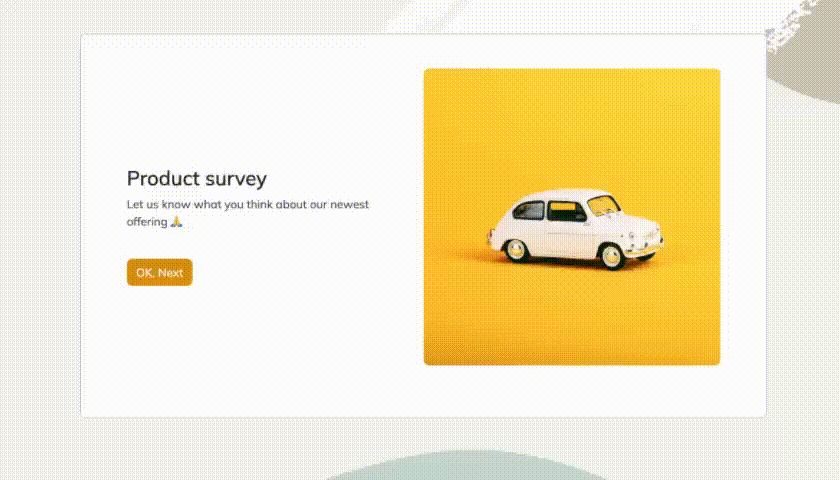
Creating a survey with HeySurvey is a breeze, even if you’re new to the platform. Here’s how you can set up your own survey in just three easy steps:
Step 1: Create a New Survey
Start by logging into your HeySurvey account (or jump in without one and sign up when you’re ready to publish). Click on the Create Survey button and choose either a pre-built template or start from scratch with an empty sheet. Templates are excellent if you want to save time and get inspired by ready-made questions designed for your use case.
Step 2: Add Questions
Once inside the Survey Editor, click Add Question to start building your survey. Select the question type you want—like Text for open-ended questions, or Choice for multiple-choice. For open-ended surveys, simply add your question text as described in this guide. You can make questions required if you want to ensure responses. Feel free to add images or descriptions to guide your respondents better.
Step 3: Publish Your Survey
When your questions are ready, hit the Preview button to see how it looks on different devices. Satisfied? Click Publish to get a shareable link. If you’re not signed in, HeySurvey will prompt you to create an account—this step is necessary to access responses later.
Bonus Steps to Make Your Survey Shine
Apply Your Branding
Head over to the Branding settings to upload your logo and customize colors and fonts in the Designer Sidebar. This keeps your survey on-brand and professional.Define Survey Settings
In the Settings panel, set start and end dates, limit the number of responses, or add a redirect URL respondents see after submitting. You can also decide whether to show results to your participants.Use Branching to Skip or Redirect
Make your survey smarter by using branching rules that guide respondents to specific questions based on their previous answers. This keeps the survey relevant and engaging.
Ready to get rolling? Click the button below to open a perfect survey template and adapt it instantly with HeySurvey!
Employee Engagement Surveys – Uncover the Real Drivers Behind Morale
Why & When to Use
Deploy these during quarterly check-ins or cultural transformations to surface hidden blockers to productivity and retention. They complement employee Net Promoter Score (eNPS) or Likert-scale engagement indices with qualitative nuance.
5 Copy-Ready Sample Questions
"What one change would most improve your day-to-day work life?"
"Describe a recent situation where you felt especially valued—or undervalued—at work."
"What skills or resources do you wish you had to perform better?"
"If you were CEO tomorrow, what’s the first policy you’d implement?"
"Share a story that captures our company culture in action."
Open-ended survey questions are instrumental in uncovering the underlying reasons behind employee engagement scores, satisfaction levels, and turnover rates. (betterworks.com)
Product Development & Feature Feedback Surveys – Fuel the Roadmap With User Language
Why & When to Use
Use these during beta tests, post-launch reviews, or ideation sprints to learn unmet needs and product-market fit nuances.
5 Copy-Ready Sample Questions
"Walk us through how you currently solve [problem]; where does our product help or hinder you?"
"Describe the feature you wish existed but haven’t found anywhere."
"Tell us about a workaround you’ve created to use our product more effectively."
"How does our product compare to alternatives you’ve tried?"
"What emotions do you feel while using our product, and what triggers them?"
Market Research Surveys – Capture Voice-of-Market Narratives
Why & When to Use
Ideal for early-stage concept testing, competitive positioning, or buyer-persona research. They’re excellent for identifying emerging trends and vocabulary.
5 Copy-Ready Sample Questions
"Can you describe the moment you realized you needed a solution like this?"
"What frustrates you most about current options in the market?"
"Tell us about your typical decision-making process for purchases in this category."
"What brands come to mind first, and why?"
"If no product met your needs, how would you improvise?"
Open-ended survey questions are instrumental in market research, enabling businesses to uncover consumer motivations, pain points, and preferences, thereby informing product development and marketing strategies. Source
Education & Training Evaluation Surveys – Improve Courses Through Learner Feedback
Why & When to Use
Deploy these post-course or module, in e-learning platforms, or after in-person workshops. They're perfect for accreditation compliance and instructional design refinement.
5 Copy-Ready Sample Questions
"Which concept was hardest to grasp, and how could it be explained better?"
"Share a real-life scenario where you’ve applied (or will apply) what you learned."
"What topics do you wish had more depth or additional resources?"
"Describe how the instructor’s style helped or hindered your learning."
"What would make this course a ‘must-recommend’ for peers?"
Healthcare & Patient Experience Surveys – Hear the Patient’s Voice
Why & When to Use
Use these post-visit, discharge, or telehealth session to identify care gaps and compliance issues. Ensure HIPAA-safe phrasing.
5 Copy-Ready Sample Questions
"In your own words, how did you feel about the clarity of information provided during your visit?"
"Tell us about any obstacles you faced in scheduling or accessing care."
"Describe how staff members made you feel during your treatment."
"What important concern did you hesitate to mention, if any?"
"Share any suggestions to make future visits more comfortable."
Event Feedback Surveys – Gauge Success & Future Improvements
Why & When to Use
Immediately after conferences, webinars, trade shows, or internal town halls. They drive sponsorship renewals and program tweaks.
5 Copy-Ready Sample Questions
"What was the single most valuable takeaway from this event?"
"Describe any logistical issues you encountered (registration, seating, technology)."
"Which session or speaker resonated with you the most, and why?"
"Tell us about networking opportunities that worked—or didn’t."
"What theme or topic should we explore next time?"
Website & UX Feedback Surveys – Optimize the Digital Journey
Why & When to Use
Deploy via exit intent, in-app widgets, or post-purchase flows. Ideal for lowering bounce rates and improving conversions.
5 Copy-Ready Sample Questions
"What task brought you to our site today, and were you able to complete it?"
"Describe anything that confused or frustrated you while navigating."
"What information did you expect to find but couldn’t?"
"How would you improve the checkout or signup process?"
"What nearly stopped you from trusting us enough to proceed?"
Best Practices & Common Pitfalls – Dos and Don’ts for Writing Open-Ended Questions
Dos
Use Neutral Wording: Keep it unbiased.
Set Context: Provide a backdrop for clarity.
Keep Questions Singular: One question, one answer.
Limit to 5–8 per Survey: Quality over quantity.
Pair with Closed-Ended Metrics: For triangulation.
Don’ts
Lead Respondents: Avoid steering answers.
Stack Multiple Questions: One at a time, please.
Require Text Answers for Every Respondent: Some prefer to skip.
Neglect Mobile Friendliness: Ensure accessibility.
Ignore Text-Analysis Planning: Have a strategy.
Quick Checklist
Neutral wording?
Clear context?
Singular focus?
5–8 questions?
Paired with closed-ended metrics?
By following these guidelines, you'll craft open-ended questions that elicit meaningful responses, leading to actionable insights. Happy surveying!
Related Qualitative Survey Surveys
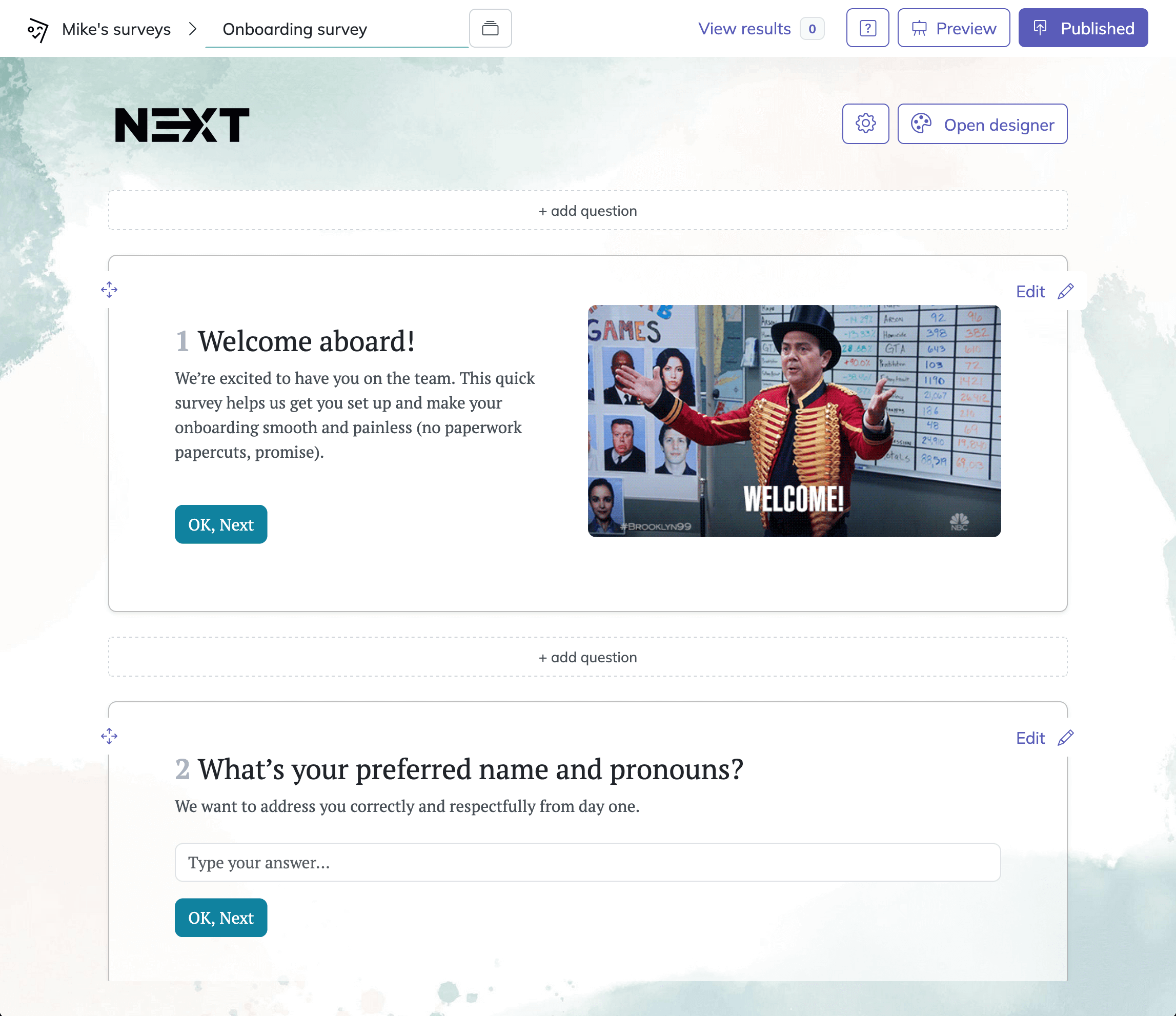
30 Qualitative Survey Questions Examples to Get Better Feedback
Discover 35 qualitative survey questions examples including open-ended, probing, narrative, and m...
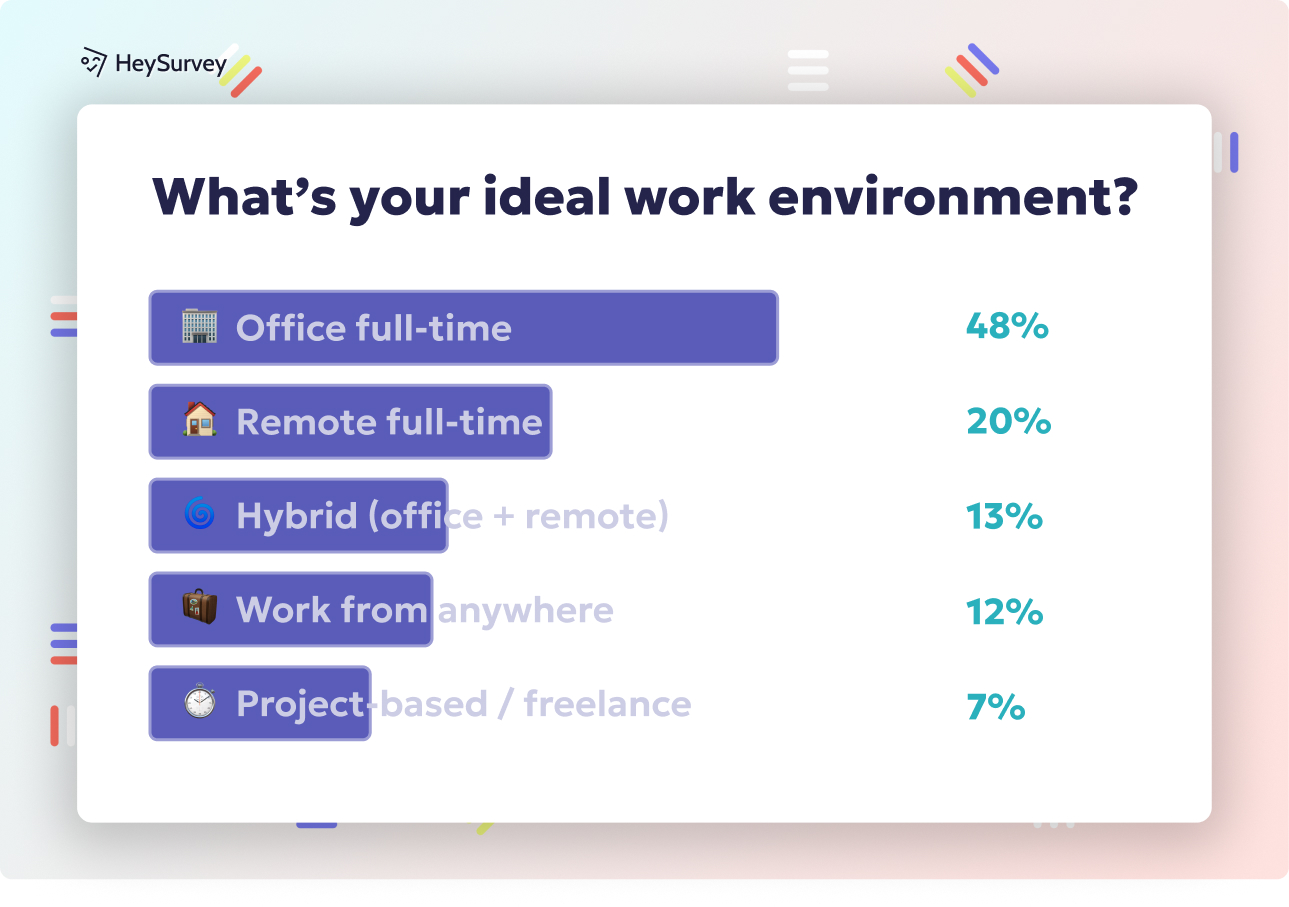
29 Qualitative Survey Questions for Deep Customer Insights
Discover 25+ expert qualitative survey questions with examples to unlock deep customer insights a...
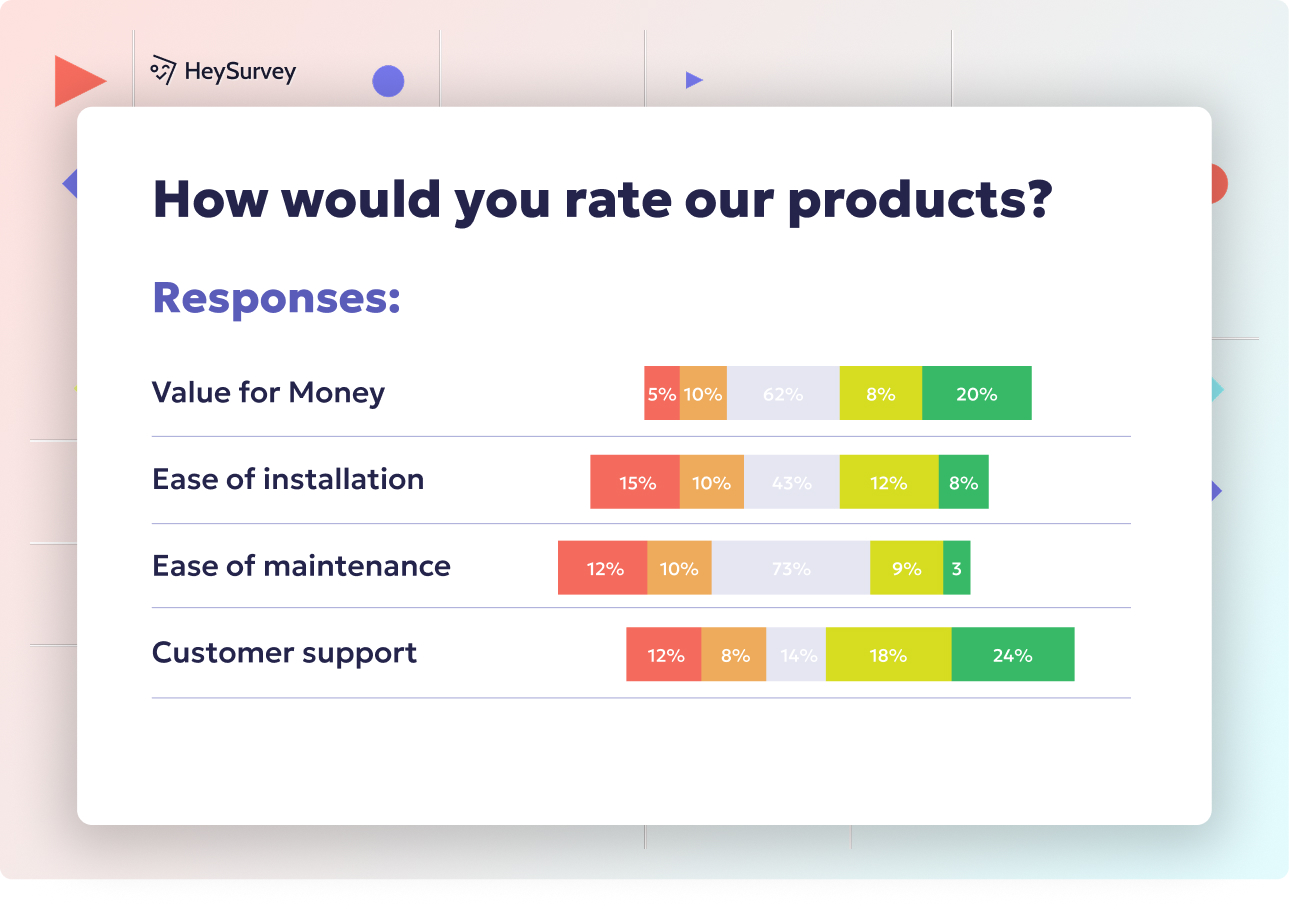
31 Qualitative Survey Questions Examples to Boost Insights
Discover 25+ qualitative survey questions examples to unlock rich insights with open-ended questi...
